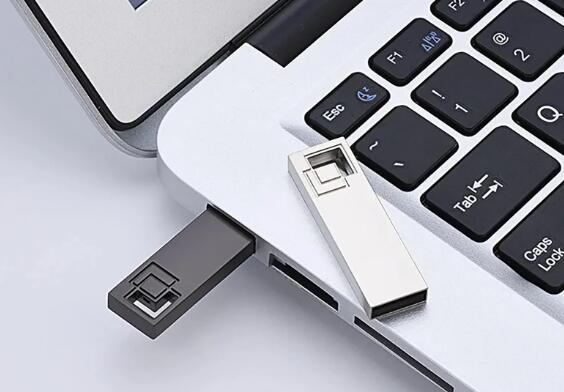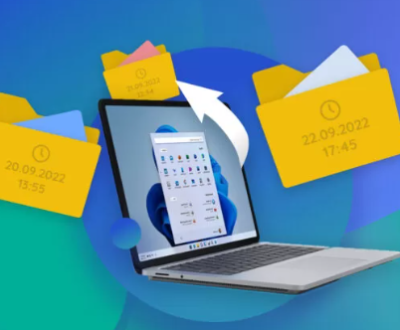Formatting a USB disk is a process that involves preparing the disk for use by an operating system. This process involves several steps and can vary slightly depending on the operating system and the type of formatting chosen.
1. Formatting
Formatting a USB disk is the process of setting up a file system on the disk so that it can be used to store data. It involves several key actions:
Partitioning: Dividing the disk into segments called partitions.
File System Creation: Establishing a file system on the partition(s).
Clearing Data: Removing existing data and structures from the disk.
2. Partitioning the Disk
When you format a USB disk, one of the first things that happens is partitioning. This is the process of dividing the disk into one or more sections, each of which can be formatted independently. Here’s a breakdown:
Primary Partition: This is the main partition that is used to store data. You can have one or multiple primary partitions on a disk.
Extended Partition: This is a type of partition that can contain multiple logical partitions. It’s used when more than four partitions are needed.
Logical Partition: These are subdivisions of an extended partition and can be used to organize data within the extended partition.
Partitioning organizes the disk into manageable sections. Each partition can have its own file system, which allows different operating systems to read and write data in a format they understand.

3. Choosing a File System
A file system is a method of organizing and storing files on a disk. When you format a USB disk, you choose a file system that determines how data is stored and retrieved. Some common file systems include:
FAT32 (File Allocation Table 32): An older file system that’s widely compatible with different operating systems, including Windows, macOS, and Linux. It’s good for drives up to 32 GB and supports files up to 4 GB in size.
NTFS (New Technology File System): Developed by Microsoft, NTFS is the standard file system for Windows. It supports larger disk sizes and files and includes features like file permissions and encryption.
exFAT (Extended File Allocation Table): Designed to be a modern alternative to FAT32. exFAT supports larger disk sizes and file sizes without the limitations of FAT32. It’s compatible with both Windows and macOS.
HFS+ (Hierarchical File System Plus): This is used by macOS and is suitable for Apple computers.
APFS (Apple File System): The latest file system for macOS, offering improved performance and security features over HFS+.
4. Formatting Process
The actual formatting process involves several steps:
Initialization: The USB disk is initialized, which means setting up the disk to work with the chosen file system. This involves writing the necessary system files and structures needed to manage data.
Creating a File System: The chosen file system is created on the disk. This involves writing the file system’s data structures, such as the File Allocation Table (FAT) for FAT32. or Master File Table (MFT) for NTFS, to the disk.
Clearing Data: During formatting, the existing data on the USB disk is typically erased. This can be a quick format, which removes the file system’s reference to the data but doesn’t overwrite the actual data, or a full format, which overwrites the data and can check for bad sectors.
5. Types of Formatting
There are different types of formatting, each with its own implications:
Quick Format: This type of formatting removes the file system’s entries but doesn’t erase the actual data. It’s faster and less thorough but doesn’t check the disk for errors.
Full Format: This type of formatting erases all data and checks the disk for bad sectors. It’s more thorough and time-consuming but provides a cleaner start.
6. Post-Formatting
After formatting, the USB disk will be empty and ready for use with the new file system. You can now store files on the disk, which will be organized according to the file system’s rules.
7. Error Checking and Repair
During formatting, especially with a full format, the disk is checked for errors. This involves scanning the disk for physical damage or bad sectors. If bad sectors are found, they are marked so that the operating system avoids using them for storing data.
8. Data Recovery and Risks
Quick Format Risks: Because a quick format doesn’t overwrite data, it’s often possible to recover files using data recovery tools. However, the longer you use the disk after a quick format, the more likely it is that new data will overwrite the old data, making recovery difficult.
Full Format Risks: A full format, which overwrites the data, makes recovery much harder. Once data is overwritten, it’s generally not recoverable using standard methods.
9. File System Compatibility
Different operating systems have varying levels of support for different file systems. For example:
Windows: Supports FAT32. NTFS, and exFAT.
macOS: Supports HFS+, APFS, and exFAT.
Linux: Supports a wide range of file systems, including FAT32. NTFS, and exFAT, among others.
Choosing the right file system ensures compatibility with the operating systems you intend to use with the USB disk.
10. Impact on Performance
The choice of file system can impact the performance of the USB disk. For instance:
FAT32 is simple and works well for smaller drives but can be inefficient for larger volumes or files.
NTFS is efficient for large files and large volumes but may have compatibility issues with non-Windows systems.
exFAT offers a good balance between performance and compatibility.
About us and this blog
Panda Assistant is built on the latest data recovery algorithms, ensuring that no file is too damaged, too lost, or too corrupted to be recovered.
Request a free quote
We believe that data recovery shouldn’t be a daunting task. That’s why we’ve designed Panda Assistant to be as easy to use as it is powerful. With a few clicks, you can initiate a scan, preview recoverable files, and restore your data all within a matter of minutes.
Subscribe to our newsletter!
More from our blog
See all postsRecent Posts
- How to restore deleted images 2025-06-30
- How to restore a deleted file on windows 2025-06-30
- is there any way to restore deleted photos 2025-06-30

 Try lt Free
Try lt Free Recovery success rate of up to
Recovery success rate of up to









